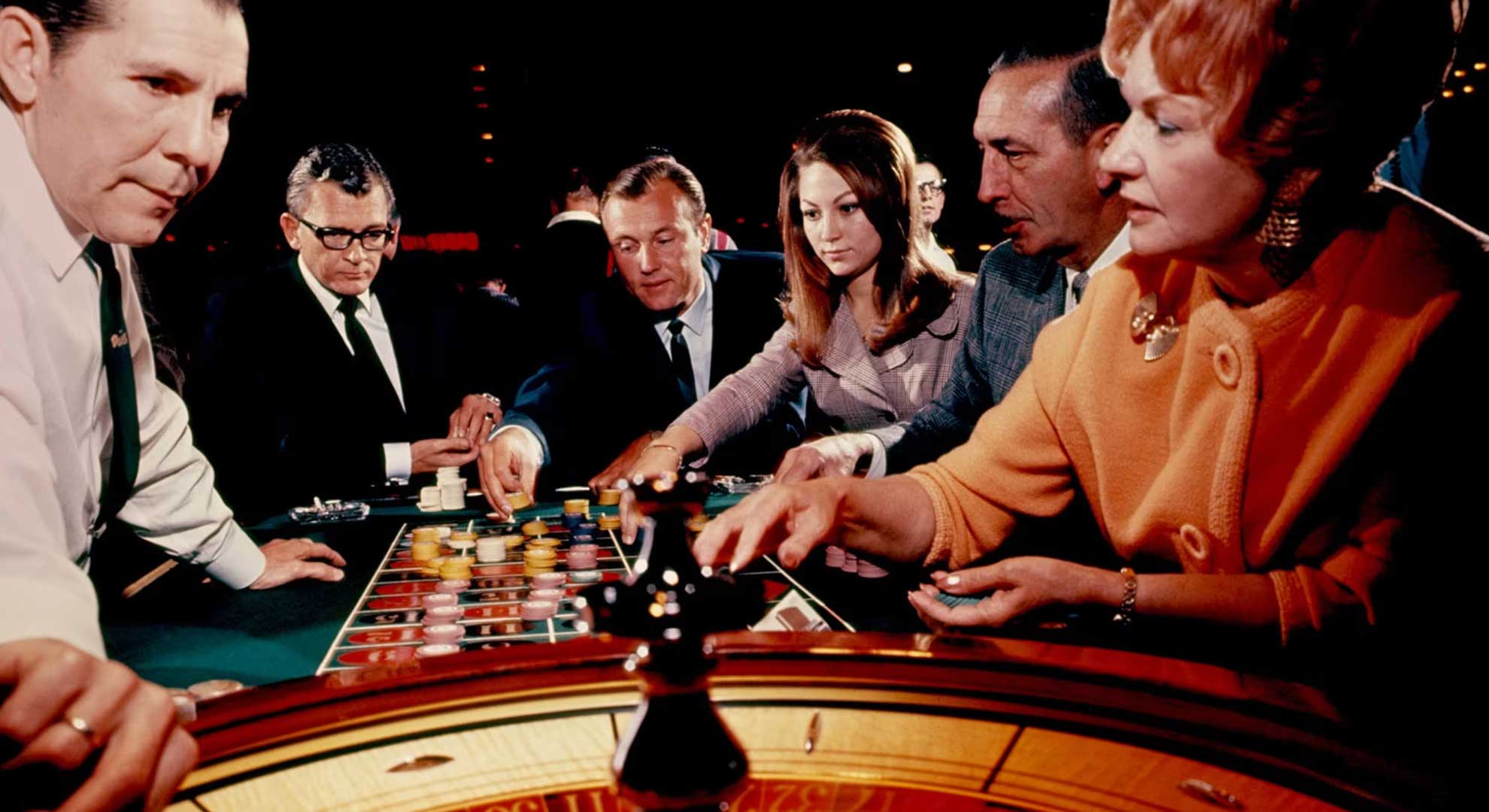How Casino Cities Became Tourist Magnets

How Casino Cities Became Tourist Magnets
The allure of the jackpot, the thrill of the roulette wheel, and the sophisticated ambiance of a high-stakes poker game have long captivated the imagination. For decades, cities that embraced casino gaming have transformed themselves into powerful tourist magnets, drawing millions of visitors from around the globe. But what is it about these destinations that makes them so irresistible? The answer lies in a multifaceted blend of entertainment, luxury, and strategic urban development.
At its core, the casino itself acts as the primary anchor. It's more than just a place to gamble; it's a meticulously designed entertainment complex. These venues often feature world-class dining, spectacular live shows, vibrant nightlife, and luxurious accommodations, creating a self-contained ecosystem of leisure and excitement. Think of Las Vegas, a city that literally rose from the desert on the back of its casinos. The sheer scale and variety of entertainment on offer are unparalleled. From the dazzling lights of the Strip to the intimate gaming floors, there's an experience tailored to every taste and budget. Visitors are not just coming to play cards; they are coming for a complete sensory experience.
Beyond the casino floors, the development of supporting infrastructure plays a crucial role. To accommodate the influx of tourists, these cities have invested heavily in transportation networks, including major international airports and efficient public transit systems. The ease of access is paramount. Furthermore, the creation of convention centers and exhibition halls has allowed these cities to become hubs for major industry events and conferences. This diversification attracts a different segment of visitors, extending the tourist season and bolstering the local economy year-round. Business travelers often extend their stays to enjoy the city's leisure offerings, creating a symbiotic relationship between business and tourism.
The branding and marketing of these casino cities are also incredibly sophisticated. They cultivate an image of glamour, excitement, and escapism. The narratives built around these destinations often emphasize opportunity, luxury, and the chance to live out a fantasy. Think of Macau, often referred to as the "Las Vegas of Asia," which has masterfully leveraged its unique heritage and its modern casino resorts to become a premier destination for both leisure and business travel. The consistent promotion of these cities as places of indulgence and celebration ensures a steady stream of visitors eager to partake in what they have to offer. For those looking to experience a wide array of casino games and entertainment, exploring options like m m88 slot can be a starting point to understand the diverse digital offerings available.
The concept of the "integrated resort" is central to the success of many casino cities. These are massive complexes that combine a casino with hotels, retail outlets, restaurants, entertainment venues, and often even theme parks or other attractions. This all-encompassing approach means that visitors can stay within the resort for their entire trip, maximizing convenience and enjoyment. This model has been replicated with great success in various locations, from the opulent resorts of Singapore to the beachfront casinos of the Caribbean. The ability to seamlessly transition from a high-stakes poker game to a Michelin-starred meal, or from a thrilling live show to a relaxing spa treatment, is a powerful draw.
Moreover, the economic impact of casinos extends far beyond the gaming industry itself. They create a significant number of jobs, not only in the casinos but also in hospitality, retail, entertainment, and construction. The tax revenue generated by these enterprises often fuels public projects, further enhancing the quality of life and attractiveness of the city for both residents and visitors. This virtuous cycle of economic growth and infrastructure development reinforces the city's position as a premier tourist destination.
The evolution of casino cities is a testament to innovative urban planning and a keen understanding of what makes people travel. They have successfully transformed themselves from places of simple gambling into sophisticated leisure and entertainment hubs that cater to a global audience. The continuous investment in new attractions, the commitment to high standards of service, and the ability to adapt to changing market demands ensure that these casino cities will continue to be potent tourist magnets for years to come.
```